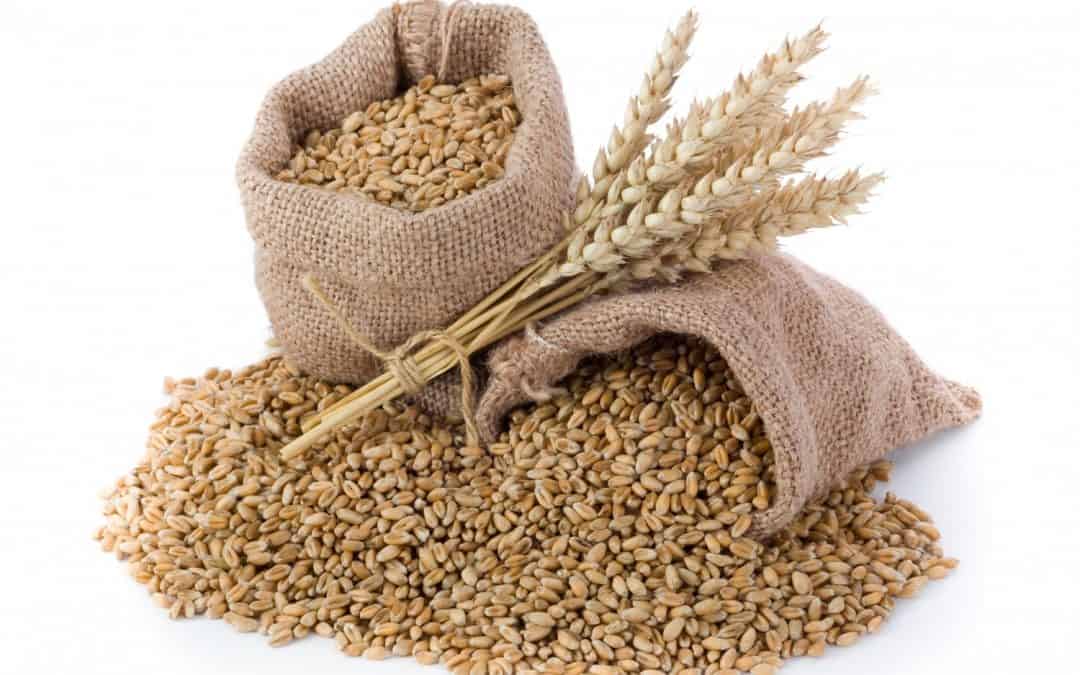Wheat – cooked grains
Wheat’s nutrient profile is similar to that of the human body and is considered ideal for human growth and development. Conventional theories hold that wheat was so central to the nutrition of our Paleolithic ancestors, that it had inspired the creation of settlements, advancing humans from hunter-gatherer societies to agricultural ones.
Wheat calms and focuses the mind, encourages growth, weight gain and fat formation. Therefore, it is especially good for children and the frail person. On the other hand, wheat should be eaten in small amounts, if it all, by the obese, as well as by those with growths and tumors. Wheat sometimes provokes allergic reactions. If eating wheat causes bloating and gas, stomach pain, indigestion, excessive mucus and heaviness, it is best avoided.
Wheat sensitivities are widespread nowadays, with symptoms ranging from sluggishness after meals to complex metabolic syndromes such as celiac disease. At times, these sensitivities can be healed with right management. Avoiding the offending food for a while, supporting the digestive system, and skilled assistance in enhancing digestive and immune power, is most effective in healing allergies.
Gluten
Gluten is the tough elastic protein found in wheat, rye, barley and oats. When gluten is not digested properly, this suggests the luck of pancreatic enzymes. From the traditional medicine point of view, this indicates weakness of the digestive fire. Some people who are sensitive to gluten may overcome this weakness by augmenting their digestive strength, while for others the digestion of gluten will remain unobtainable. All in all, gluten’s reputation as a major cause of disease is unrightful – the overuse of gluten in the form of flour-based items is to be blamed. On top of that, we should consider the facts that mass-production, and the amounts and toxicity of fertilizers and pesticides used to grow wheat, significantly harm wheat’s quality.
Properties
Taste: Sweet
Natural Attributes: Heavy, Oily, Expansive
Tissue impact: Sweet (nourishing)
Thermal impact: Cooling
Dosha impact: Decreases Vata and Pitta, Increases Kapha
Digestive impact (Agni): hard to digest
Channels (Srotas): slows down movement
Feces: Laxative
Urine: antidiuretic
Strength (Bala): improves strength and immunity
Mind (Manas): Sattvic
Effect: appetizer, nutritive, tonic, vulnerary
Chinese five element impact: Nourishes Earth, calms fire.
Chinese medicine syndromes: Heart Yin Deficiency, Liver Yin Deficiency, Kidney Yin Deficiency.
Medicinal properties
- Nourishment (rasa): emaciation, fatigue, heart palpitations.
- Blood-circulation-liver: healing wounds.
- Bones-joints-tendon-ligaments: fractures, lubricating.
- Nervous system: relaxing, calming.
- Reproductive and hormonal systems: increases fertility, menopause-related hot flashes and spontaneous sweating, increases semen.
- Strength: children bed wetting, general tonic.
- Mental: insomnia, restlessness, emotional instability, soothing, grounding, stabilizing,
- Skin: complexion.
- Respiratory system: drycough, dry dyspnea, hiccups.
- Digestive system: conditions of heat and dryness, dry mouth, ulcers, heartburn.
Harmful: in conditions of excess mucus, heaviness, wetness, stickiness, diarrhea, obesity.
Varieties:
- Hard wheat: grows in northern cold areas, darker, richer in protein, more suitable for pasta.
- Soft wheat: yellow color, more starch
- Whole grain wheat: very hard to digest, needs 24 hour cooking.
- Friki: Green wheat, smoked and roasted, needs only short cooking, influences the Wood element and moves the Liver Qi.
- Wheat Germ: only the fat and protein, rich in vitamin E, very good for dry conditions such as menopause. Because it is sensitive to oxidation, it should be eaten relatively fresh and stored in refrigeration.
- Wheat flour: very nourishing the Earth element, relatively heavy, satisfying, energizing, but may be too heavy and sticky, hard to digest and cause stagnation of the digestive tract and the Liver. In phlegm conditions it is best to avoid flour products such as bread, noodles, dumplings and pasta. Negotiating a healthy relationship with flour based products, is based largely on the individual’s digestive capacity and level of activity.
- Wheatgrass: is bitter, cold and diuretic, excellent for heat conditions, and for Liver stagnation and heat caused by excess dampness. It clears the Liver, blood vessels and digestive system of buildups of fat and protein.
- Seiten: A wheat product made of 100% wheat protein – Gluten. A good source of protein for vegetarians and emaciated people.
These three are the most digestive friendly ways to eat wheat:.
- Bulgur: whole wheat precooked, dried and shredded.
- Semolina: made out of minced grains, mostly made of wheat.
- Couscous: made of semolina

